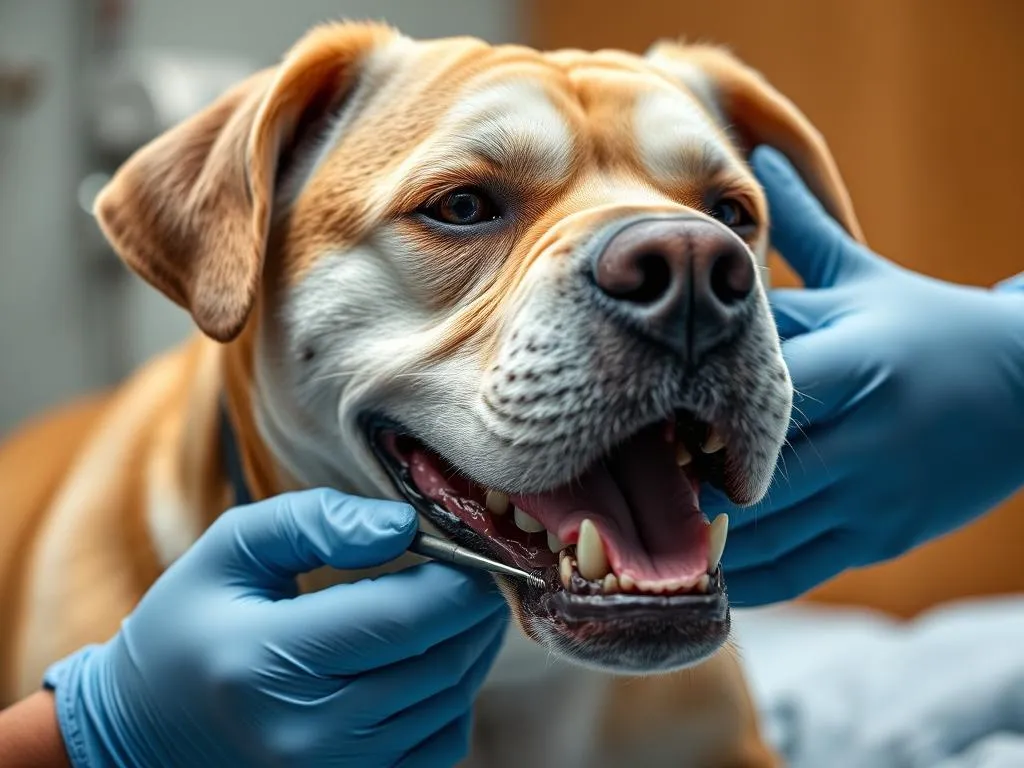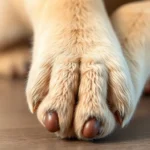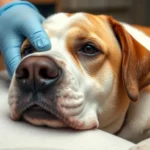
Introduction
Dental health is a crucial aspect of pet care that often goes overlooked. Just like humans, dogs are prone to dental diseases, especially as they age. In elderly dogs, conditions such as periodontal disease can lead to pain, infection, and other serious health issues. As a result, many pet owners find themselves asking, can elderly dogs safely undergo anesthetic dental work?
This article aims to provide comprehensive insights into the considerations, risks, and benefits associated with anesthetic dental procedures for older dogs. Understanding these factors can help you make informed decisions regarding your furry friend’s dental health.
Understanding Dental Health in Dogs
Importance of Dental Care
Dental diseases are prevalent among dogs, particularly in older ones. Periodontal disease is one of the most common conditions, affecting nearly 80% of dogs by the age of three. This disease can lead to severe pain, tooth loss, and even systemic issues, as bacteria from the mouth can enter the bloodstream, affecting vital organs like the heart and kidneys. Good dental hygiene is essential not only for maintaining a dog’s oral health but also for ensuring their overall wellbeing.
Signs of Dental Issues in Elderly Dogs
Pet owners should be vigilant for signs of dental problems, particularly in elderly dogs. Common symptoms include:
- Bad breath (halitosis)
- Difficulty eating or chewing
- Swollen or bleeding gums
- Loose teeth
- Excessive drooling
Regular veterinary check-ups are vital for early detection of dental issues. Your veterinarian can assess your dog’s dental health and recommend appropriate care.
The Role of Anesthesia in Veterinary Dentistry
Types of Dental Procedures Requiring Anesthesia
Many dental procedures require anesthesia to ensure a safe and effective treatment. These procedures can include:
- Comprehensive dental examinations
- Professional cleanings to remove tartar and plaque
- Tooth extractions for damaged or diseased teeth
- Surgical interventions for oral tumors or other complex issues
Benefits of Anesthetic Dental Work
One of the main advantages of anesthetic dental work is the ability to conduct a thorough examination of your dog’s mouth. Anesthesia allows for a complete cleaning and treatment without the stress and discomfort that can arise during awake procedures. This not only improves the quality of care but also helps to ensure a safer environment for your pet.
Assessing the Health of Elderly Dogs
Common Health Concerns in Senior Dogs
As dogs age, they often face various health challenges, including:
- Arthritis
- Heart disease
- Kidney disease
- Diabetes
- Cognitive dysfunction
These conditions can complicate the administration of anesthesia and increase the risk of complications.
Pre-Anesthetic Health Evaluation
Before any anesthetic procedure, a comprehensive health assessment is crucial, especially for elderly dogs. This evaluation typically includes:
- A physical examination
- Blood tests to evaluate organ function
- Electrocardiogram (ECG) to check heart health
These tests help your veterinarian determine if your dog is a suitable candidate for anesthesia and identify any potential risks.
Risks Associated with Anesthesia in Elderly Dogs
General Risks of Anesthesia
While anesthesia is generally safe, there are potential complications that can arise, including:
- Respiratory issues
- Allergic reactions to anesthetic agents
- Hypothermia
- Extended recovery time
Specific Risks for Elderly Dogs
Elderly dogs are often more vulnerable to the risks associated with anesthesia. Age-related decline in organ function—particularly liver and kidney function—can affect how your dog’s body metabolizes anesthetic drugs. Additionally, pre-existing medical conditions can heighten these risks, making it vital to discuss your dog’s health history with your veterinarian before the procedure.
Preparing Your Elderly Dog for Anesthetic Dental Work
Pre-Procedure Guidelines
Proper preparation can significantly reduce risks and ensure a smoother procedure for your elderly dog. Here are some important guidelines:
- Fasting: Most veterinarians recommend fasting your dog for 8-12 hours before the procedure to reduce the risk of aspiration during anesthesia.
- Hydration: Ensure your dog is well-hydrated leading up to the procedure. Your veterinarian may provide specific instructions regarding water intake.
Communicating with Your Veterinarian
Open communication with your veterinarian is crucial. Here are some questions to consider asking:
- What type of anesthesia will be used?
- How long will the procedure take?
- What are the specific risks for my dog based on their health status?
- What will post-operative care involve?
Discussing your dog’s medical history thoroughly will help your veterinarian tailor the anesthetic plan to your pet’s unique needs.
The Anesthetic Dental Procedure
What to Expect During the Procedure
The anesthetic dental procedure typically follows these steps:
- Pre-anesthetic Medication: Your dog may receive sedatives to help them relax before anesthesia.
- Induction: An intravenous line is usually placed, and the anesthetic agent is administered.
- Monitoring: Throughout the procedure, your dog’s vital signs, including heart rate, respiration, and oxygen levels, are closely monitored.
- Dental Work: The veterinarian performs the necessary dental procedures, which may include cleaning, X-rays, and extractions.
Post-Procedure Care
After the procedure, your dog will need careful monitoring. Here are some tips for post-operative care:
- Recovery Space: Provide a quiet, comfortable space for your dog to recover.
- Follow Instructions: Adhere to any post-operative care instructions provided by your veterinarian, including medication schedules and activity restrictions.
- Watch for Complications: Keep an eye out for signs of complications, such as excessive bleeding, swelling, or difficulty eating.
Alternatives to Anesthetic Dental Work
Non-Anesthetic Dental Procedures
For some dogs, particularly those with significant health concerns, non-anesthetic dental procedures may be an option. These can include:
- Dental cleanings without anesthesia: Some veterinarians offer awake dental cleanings that may be suitable for dogs with mild dental issues.
- Ultrasonic scaling: This technique can help remove plaque without requiring full anesthesia.
Home Dental Care for Elderly Dogs
Maintaining your dog’s dental health at home is equally important. Here are some recommended practices:
- Regular Brushing: Brush your dog’s teeth regularly with dog-specific toothpaste.
- Dental Chews and Toys: Provide dental chews and toys designed to promote oral health.
- Routine Veterinary Check-ups: Schedule regular dental check-ups to catch potential issues early.
Conclusion
In summary, while elderly dogs can undergo anesthetic dental work, careful consideration of the associated risks and benefits is essential. Proper evaluation, preparation, and communication with your veterinarian can help ensure a safe procedure. Maintaining your dog’s dental health is vital for their overall wellbeing, and addressing dental issues promptly can lead to a happier, healthier life for your furry friend. Always consult with your veterinarian for personalized advice tailored to your dog’s specific needs.
FAQs
Can older dogs recover from anesthesia easily?
Most elderly dogs can recover from anesthesia, but the recovery time may be longer compared to younger dogs. Monitoring during recovery is crucial.
What are the signs of a bad reaction to anesthesia?
Signs of a bad reaction may include prolonged lethargy, difficulty breathing, abnormal heart rate, or swelling at the injection site. If any of these occur, contact your veterinarian immediately.
How often should elderly dogs have dental work done?
Elderly dogs should ideally have dental check-ups at least once a year, but the frequency may increase based on their dental health.
Are there specific breeds that are more at risk during anesthesia?
Certain breeds, such as brachycephalic breeds (e.g., Bulldogs, Pugs), are at higher risk due to their anatomical structure. Always discuss breed-specific risks with your veterinarian.









